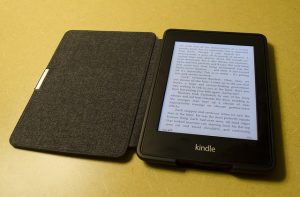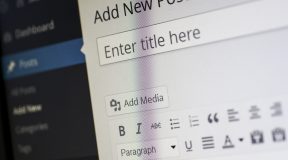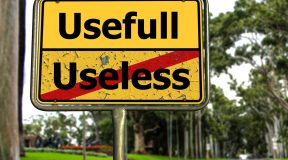With this Articlez.com blog post, we are embarking on a brand-new (for us) series of posts where we will explore, in some depth, the various types of content formats/types, their distinctive characteristics as well as commonalities with other content forms.-

Much online SEO/marketing advice is in the form of “you need to produce content,” but leaves unstated the answer to an obvious question: Just what type of content should be produced?
It is important to have a firm grasp at least on all the major types of online content that can be produced. Without this knowledge, there is a tendency to produce only those types of content (blog posts, for example) that we are familiar with.
Marketing Tip: Different types of content will “engage” (appeal – connect – convert) different types of audiences, different types of customers and site visitors. Employing lots of different content forms will help us to reach many different types of people, get broader-based site traffic, and in general promote sales conversions.
In this blog post, we’ll begin with some of the most difficult content to produce – traditional books, and eBooks. How are they the same — and how are they different?
Should You Publish a Full-Length Book? The Surprising Answer
When most people think of publishing a book, they think only of the difficulty involved. But there are a number of huge advantages in getting a book published. Publishing a full-length book could be a game-changer for your business!

One advantage to books is that, when well-executed and well-received by the public, they can propel their author to the status of instant “authority” in their field. Another advantage is that books can stay in print for years at a time – and even when they are no longer being printed, copies will float around in bookstores and online outlets for many years to come. Books have a staying power that cannot be matched by any other form of content!
But most business owners never seriously think about developing one. Why?
One reason is the expense of getting a book to a publisher: The book must first be written, then pass through an editing process. Then they have to be typeset, images included, checked for inaccuracies and typos, then printed, marketed, shipped out, reviews secured, etc. It’s a lot of work.
Prolific book writers have learned, though, that books can be assembled, bit-by-bit, over time. Some writers have several books at various stages of being published — and a good publisher can take a lot of the work off the plate of the writer. There is also a self-publishing option for those who have a good way to market their book.
eBooks: Similar — But Different
eBooks – electronic books – are like traditional books, yet they are a distinct category all to themselves.

Generally, eBooks are not as long as traditional (printed) books. They can be distributed in various formats – for reading devices (like the Amazon Kindle or Nook reader) or even in PDF format.
The fact that these books are in an electronic (digital) format means that there are no costs involved in getting them physically printed and bound, unlike print books. They can be electronically downloaded instead of being purchased in a bookstore or shipped in the mail as a package. You can very easily create a way to have customers order a downloadable copy from your website, or a dedicated landing page can be set up to promote and sell copies of your eBook.
Tips On Getting That Next Book or eBook Written
Remember what we stated above: neither books nor eBooks need to be completely written all at one time. They can be assembled gradually over an extended period of time.
Begin at the Beginning: One of the very easiest ways to begin your book (or eBook) writing project is to try to flesh out a table of contents for it. Don’t worry, you can always go back and make changes to it later — but having a table of contents before you will serve as an outline or guide for you as you write each section.
Use What You Already Have: Look at your website and see if you have a number of blog posts or web pages that deal with different facets of a larger subject. Would these separate pages, if combined, give you the nucleus of a book or eBook? If so, some light editing may be all you need to get your book/eBook project off the ground.
There Are Many Ways To Get “Paid”: Not all books or eBooks are sold. Some – many, in fact, are given away, in exchange for getting an email signup, or as a value-added premium added on to memberships or purchases of other resources. Whether you charge for it or not, make sure that your book or eBook is of the highest possible quality and practical helpfulness!
Curious if we could help you with a book-length project? Did you know that Articlez.com has been preparing book-length PDFs for years? And while we are not a traditional book printing company, we can help you to get started with your manuscript, which can be easily edited by any printer/publisher to fit their publication requirements.
For more details, log in to your Articlez.com dashboard, and then go to “Create An eBook.” We can create an eBook of up to 20,000 words (about 80 double-spaced typed pages)!






2 Comments
White Papers vs. Case Studies: What's The Difference? (2nd In A Series)
(November 6, 2018 - 12:18 pm)[…] Understanding The Different Types of Content – Books and eBooks – What’s The Diffe… […]
Webinars and Videos What's the Difference? (3rd in a Series)
(December 11, 2018 - 11:06 am)[…] similarities and differences between webinars and videos. In previous installments, we discussed traditional book publishing and eBooks, and also white papers as compared with case […]